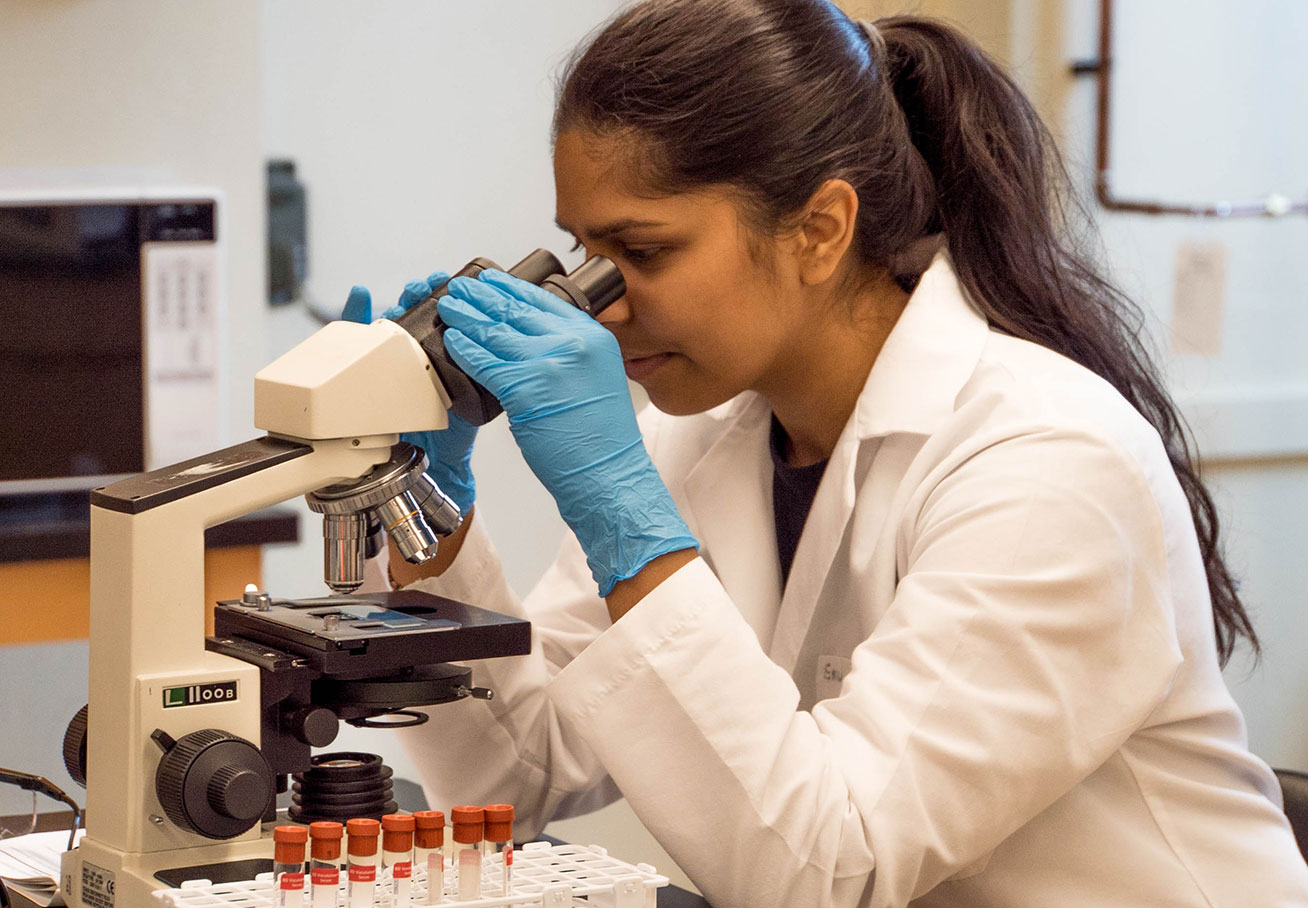
Learn
Women+ need to be engaged in every step of the Research and Development (R&D) process. Together we will clarify the PROBLEMS with current options, ADVOCATE for funding of basic research and innovation, and provide input into RESEARCH & innovation. As new contraceptive options move into DEVELOPMENT, and potential products go into clinical testing, again, women+, will be engaged to test the new options. Those products that pass this clinical phase will move towards LAUNCH and women+ can again bring their perspectives to bear on reimbursement and access. NewGen seeks to ensure the voices of women+ are heard all through this process.
We care about understanding how current contraceptive options are working for Women+. We gather experiences with contraception, the good, the bad and the ugly! We work to understand what you would like in a new generation of contraceptives. NewGen works with experienced health care providers and scientists to understand the latest research studies. NewGen completed a summary review of the literature to identify important gaps in current contraceptive methods.
It Starts with You
What are your experiences with contraception?
The Problems
We identify the problems in the current options
We use the best available evidence to identify current gaps in our contraceptive options.
Advocate
We advocate for more research investment and support for innovation
Resources must be activated to create breakthrough discoveries in contraceptive methods.
Research
We accelerate breakthrough research & innovation
Development
We support the development of new methods.
We use the best available evidence to identify current gaps in our contraceptive options.
Launch
We support the launch of new options
The Problems
Almost two thirds of women in the United States use contraception—often for decades (Daniels & Abma, 2020). Even so, nearly half (45%) of all pregnancies (about 2.5 million annually) are unintended and 42% of unintended pregnancies end in abortion (Finer & Zolna, 2016). Although many unintended pregnancies result from reasons such as lack of access to contraception, non-use, and improper use, many commonly used contraceptives fail, even when used correctly.
NewGen’s focus is different – it focuses on where new contraceptive products could fill gaps. This is our focus because our array of contraceptive options is aging and has gaps. If we want new products in the future, we need to invest more in R&D now, because the current levels of investment won’t get us there.
To develop a more diverse array of contraceptive options, we need to understand what we most want from our contraceptives. From studies, effectiveness, safety, minimal side effects (including avoidance of irregular bleeding), ease of use, and duration of effectiveness all appear at the top of most people’s lists. The presence of “side benefits”, protection against HIV/STIs, affordability, user-control (requiring less interaction with the health system), discretion, sexual acceptability, and rapid return to fertility, are also noted as desired attributes.
When we look at the types of products we have, we see five major gaps in the current contraceptive options that could be addressed by new products:
- The lack of alternatives to hormonal mechanisms of action: dominance of hormonal products leaves few choices for people who prefer to not use hormones or experience side effects (that don’t resolve by switching across hormonal options) or have contraindications to hormonal methods. There is only one other highly effective, non-hormonal, and reversible method, the copper IUD.
- The lack of high efficacy on-demand methods There is only one widely-used on-demand method, the external condom, which is used by 8.4% of users, with other on-demand methods below 0.3% usage. The condom has relatively low effectiveness compared to many hormonal options, the Copper IUD and permanent methods
- The lack of high efficacy methods that don’t require either surgery or an office-based procedure to start and stop use.
- The need for multipurpose protection methods that combine contraception with sexually-transmitted infection (STI) protection.
- The need for methods for use by men+. NewGen Contraception Project believes male methods will be very important additions to the method mix, and given there are several players already focusing here, NewGen will instead focus on meeting the needs of women+ for innovative products. Lots of great information on this is available at:
Advocate
Extra explanatory text: Contraceptive R&D has a funding problem. Total global contraceptive[1] research and development (R&D) funding was approximately $134 million in 2021 according to G-FINDER. This data includes industry, public and philanthropic funders. If you contrast this with what it takes to bring a new drug to market - $1-2 billion, you can see that R&D is underfunded. Even though $134 million sounds like a lot, this current amount of investment isn’t nearly large enough.
A closer look highlights two different funding issues. One is at the very earliest stage – when scientists, typically in University or hospital labs, are studying the basic science of reproduction and contraception.
The NIH is one of the biggest funders of this research world-wide, but contraception and the basic biology of women's reproductive health receive less funding than many other areas. In 2019, the Sexual and Reproductive Health, Rights, and Justice Blueprint called for the NIH and USAID to increase their annual budgets for contraceptive R&D by $122 million (ref. 1). This would have more than double the U.S. government’s total spend of $51 million that year (ref. 2a, ref. 2b).
The second issue is in the low amount of money spent by private sector innovators - $23 million in the 2021 GFINDER report. This is a very unusual pattern - more money is being spent by philanthropists and non-profits – normally we’d expect much higher private sector spending. But here’s the deal. If biopharma doesn’t know we need new products, they won’t invest. So it’s really important women+ and their allies talk (OK shout) about what they want!
More private-public funding from Biotech and Pharma will be needed to reach the funding level that can implement change. An increase in overall spending for contraceptive R&D from the current $134 million a year to $500 million to $1 billion would be appropriate to move the field forward.
It is really important that women+ and their allies share what they need and seek in contraceptives. We are also working on ways you can add your voice to call for more funding. Connect with us if you are interested in learning more.
Research
How does early-stage research work?
Academic scientists, typically in University or hospital labs, work at the very earliest stage of research to surface ideas which can be used for new products. By studying the basic science of reproduction and contraception, these scientists discover potential drug targets (where a drug might impact contraception) or new materials that might impact how sperm reach eggs or surface new ideas for contraceptive devices. These ideas are typically taken up by the private sector – biotech or pharma or device companies and their scientists then test these ideas out. They identify potential chemicals that might interact with the target or start crafting prototype devices. In contraception, there are relatively few companies doing this and we are heavily dependent on non-profits like POPCouncil and FHI360 to perform these steps and generate new contraceptives.
How can women+ get engaged in supporting early-stage research?
At the earliest stages, researchers and innovators need to understand the gaps, the needs, likes and dislikes about current options and what you want to see in new ones. They may need people to volunteer to participate in basic research studies and surveys.
Lots of ideas fail at these early stages and it is really important to have strong academic labs constantly developing our understanding of reproduction and generating more ideas. But the lack of funding over the last 3-4 decades means that fewer and fewer scientists have been working on contraceptive research. There has been an uptick recently both in NIH funding for the earliest stages and in biotech activity, but there is a long way to go. We need more scientists to apply for NIH grants in contraception, we need more companies taking up their ideas, and more funding for early-stage companies and the existing nonprofits. Raising the voices of women+ to ADVOCATE for more funds for early stage research will be a key component of increasing funding for research and shedding light on the gaps in current contraceptive options.
If this early-stage research or investment interests you, let us know. ADVOCATE for more funding.
Development
Extra explanatory text: As potential new products move to later stages of R&D, they move into Clinical trials. Like the earlier stages, few products make it through the rigorous testing of this phase – on average only 12%. Nonprofits like NewGen can be helpful in working with innovators on hurdles during these phases, and bringing our perspectives as users to things like trial design. The founders of NewGen have worked on these types of activities in other health areas and this will be an area of focus for NewGen too.
Links – if you are interested in finding out more about clinical trials in contraception or participating in research studies and surveys, a great resource is Clinicaltrials.gov - this website lists all the clinical trials ongoing in the USA and often beyond. https://www.clinicaltrials.gov/ct2/results?term=contraception&Search=Apply&recrs=a&age_v=&gndr=&type=&rslt=
If you want to share your contraceptive experiences with NewGen – GET INVOLVED
Launch
Extra explanatory text: A core component of supporting contraceptive innovation is ensuring women+ voices are heard in discussions about reimbursement for and access to novel contraception. For instance, you can help by participating in consumer research studies identifying critical gaps that exist within existing contraceptives; focusing on the impact of side effects, contraindications, and the need for highly effective options that do not require in-person visits to providers for those who live in contraceptive deserts and more. Or potentially about the need for highly effective options that don’t require in person visits to providers for those who live in contraceptive deserts. (See Power to Decide’s excellent study on this “Contraceptive Deserts 2024” https://powertodecide.org/what-we-do/access/contraceptive-deserts). By conducting and communicating this kind of research, NewGen seeks to support the expansion of new methods.
[1] Data from the G-FINDER online database was analyzed. Selections were made to include development of contraceptives and MPTs, but to exclude microbicides (a subcategory of MPTs not likely to include pregnancy prevention). Not all MPTs in development are targeting a contraceptive indication. G-Finder data does not specify which indication the MPTs are targeting, so this could represent an overcount. However, we also excluded G-Finder categories “R&D for more than one SRH issue” and “Core funding for an SRH organization” as it was not clear if those represented contraceptive R&D or not.



Stay Connected with Us!
Join our newsletter list to receive the latest updates on our project and goals
